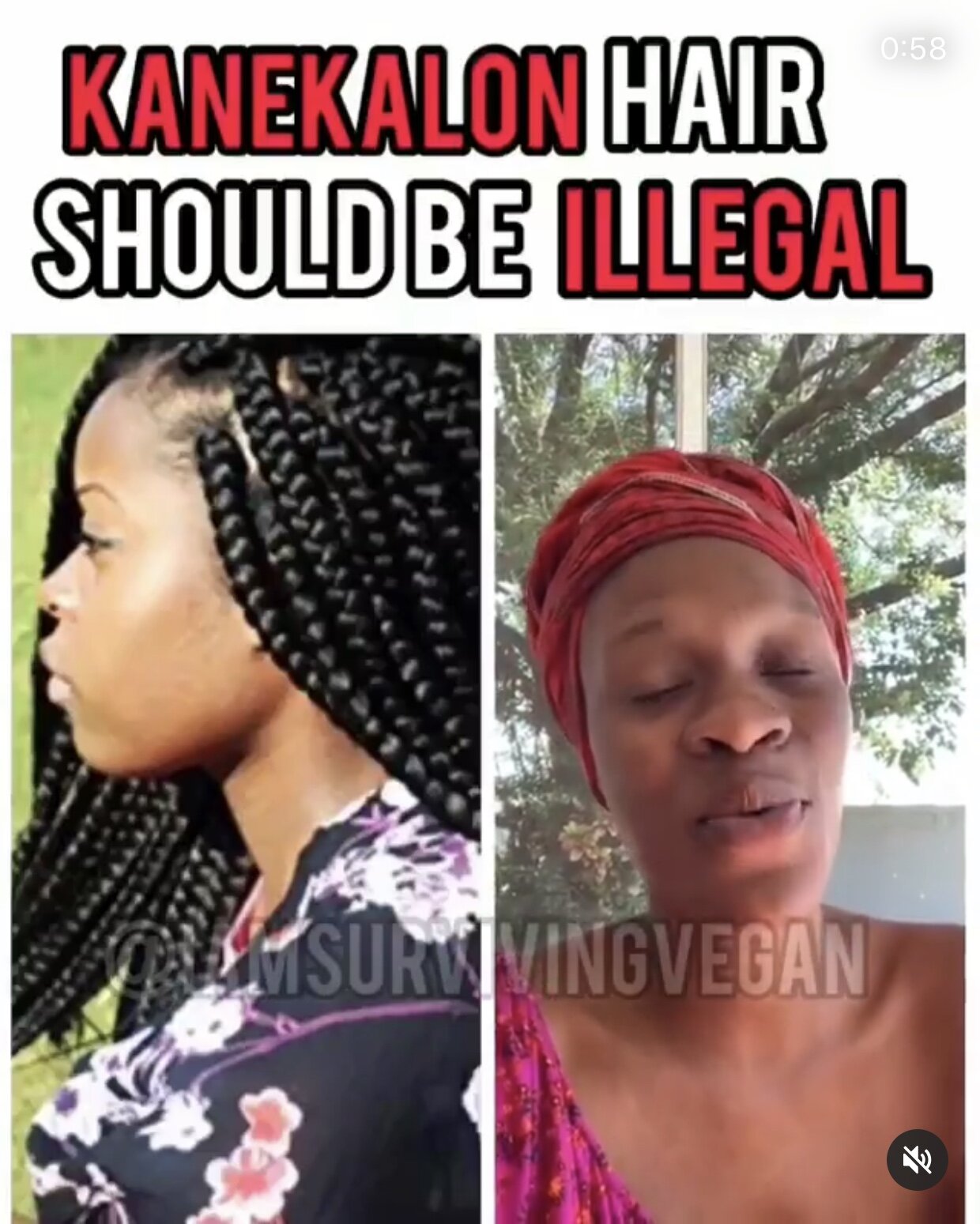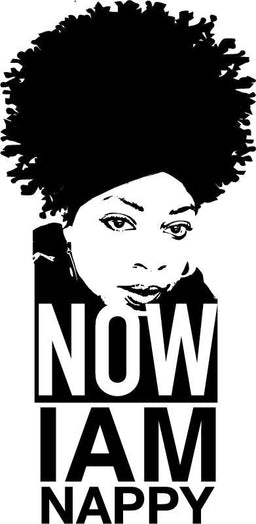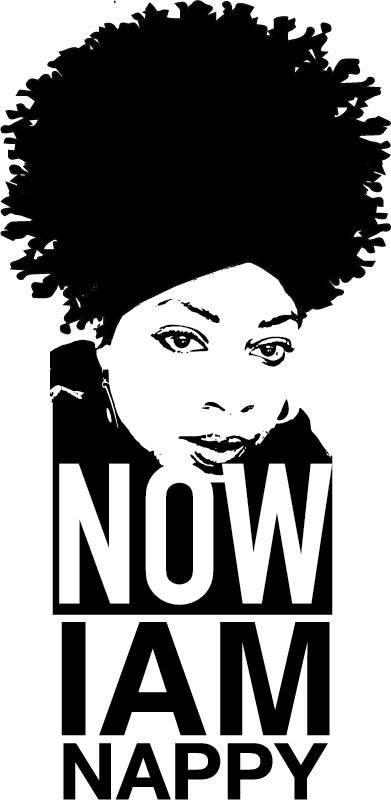Many people saw the following video floating around on the internet titled “Kanekalon hair should be illegal”. In this clip, the woman says that we need to stop using Kanekalon hair because it is a carcinogen and the two main components that make up kanekalon, the acrylonitrile and the vinyl chloride are said to effect that endocrine system (thyroid, ovaries, and breast) and that these chemicals can absorb through our skin and or can be inhaled and are very toxic and cancerous.

Knowing very little about Kanekalon hair, I decided to dive into some research about how Kanekalon hair is made and whether these ingredients were toxic.
So I quickly found https://www.kanekalon-hair.com/en/about.html, a company that manefactors Kanekalon, and learned that there are actually 4 types of fibers used for hair accessory products.
Modacrylic fiber: This synthetic fiber is composed of acrylonitrile and vinyl chloride
PVC fiber: This synthetic fiber is composed of vinyl chloride
Flame retardant polyester fiber: This synthetic fiber is composed of polyethylene-terephthalate
Organic Protein fiber: This fiber is mainly composed of collagen protein as a raw material.

Today I thought it would be good to focus on the first two since they contained the same fiber, acrylonitrile and vinyl chloride.
So now that I learned what Kanekalon Fiber is composed of, I wanted to know how they were joined together. One patent reads:
The Kanekalon Fiber is a modacrylic fiber composed of a combination of two monomers: acrylonitrile and vinyl chloride which are joined together in a process called Co-polymerization. Co-polymerization produces a dry resin which is in turn dissolved into a liquid state, or dope. This solution is forced through a multi-hole metal disk called an aspinnerette, then into a water bath where it coagulates to form continuous strands. These strands or filaments called "tow" are then dried and stretched and finally become fiber as we know it.
Basically, synthetic hair is made from low-grade acrylic that is heated and strung into strand to make individual hair fibers. These fibers are then tied into extensions to make wig, weaves and braiding hair.
If you care to dig a little deeper about how monomers and polymers are combined in the hair making process, then check out this Yale Professor’s explanation.
Now that I learned how Kanekalon hair was made, it was time to dive into the these compounds.
Acrylonitrile
Acrylonitrile is a colorless, volatile liquid used in the industry to make rubber, resins, plastic and synthetic fiber.
According to the NIH, exposure to acrylonitrile irritates the mucous membranes and causes a headache, nausea, dizziness, impaired judgment, difficulty breathing, limb weakness, cyanosis, convulsions and collapse. Acrylonitrile is reasonably anticipated to be a human carcinogen and may be associated with an increased risk of developing lung and prostate cancer.
I went a step further and dug into my favorite website to research skin and hair care ingredients on EWG Skin Deep to find the toxicity score and further research on acrylonitrile. According to the website acrylonitrile has a toxicity score of 7 out of 10 with robust research on the matter, supporting claims that it is a human lung and skin toxicant, possible human carcinogen, cancerous, and some limited research on reproductive and developmental toxicity.
Additionally, on the EPA’s website, acrylonitrile is said to be classified as a probable human carcinogen (Group B1)
Wow, this all gave me a lot of pause, but I still had one more ingredient to investigate, Vinyl Chloride.
Vinyl Chloride
Vinyl chloride is a colorless gas that burns easily and is used to make polyvinyl chloride (PVC) which is used for plastic products, such a wire, cable coating, packaging material and wigs. Exposure to vinyl chloride may come through inhalation via tobacco smoke and can unfortunately contaminate the water supply.
The first website I found relating to the effects of vinyl chloride came directly from cancer.gov:
Vinyl chloride exposure is associated with an increased risk of a rare form of liver cancer (hepatic angiosarcoma), as well as brain and lung cancers, lymphoma, and leukemia.
The CDC also states that vinyl chloride gas can pass through your skin and enter your body. They also state that breathing high levels of vinyl chloride will make you feel dizzy and sleepy.
Finally, I found a study done showing that volatile organic compound emissions from heated synthetic hair. The study said that when flames are used on this hair, e.g. when you “burn the tips” of your synthetic braids to prevent unraveling, it releases toxins into the air that may trigger asthma or may cause you to feel dizzy or sleepy. Additionally, it noted that when they hair is heated (curling iron or flat irons) without singeing, VOC were still released into the home, many which are toxic and or carcinogenic.
Though there have not been any studies done directly on black women wearing Kanekalon hair, I believe that the research supports that the two ingredients used to make Kanekalon fibers, the Modacrylic and PVC and proven toxins and are cancerous.
Stay tuned for next week when I discuss the other two fibers found in Kanekalon hair.


